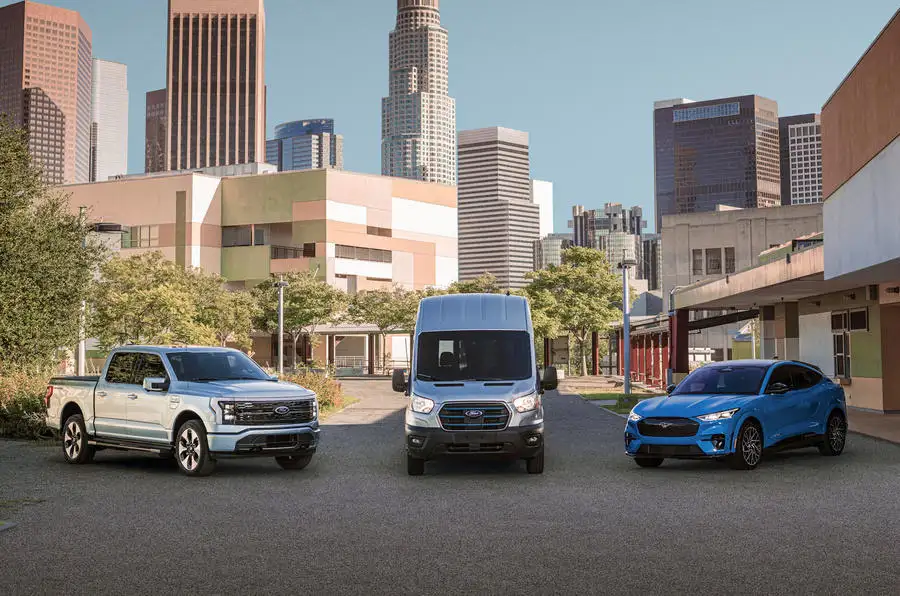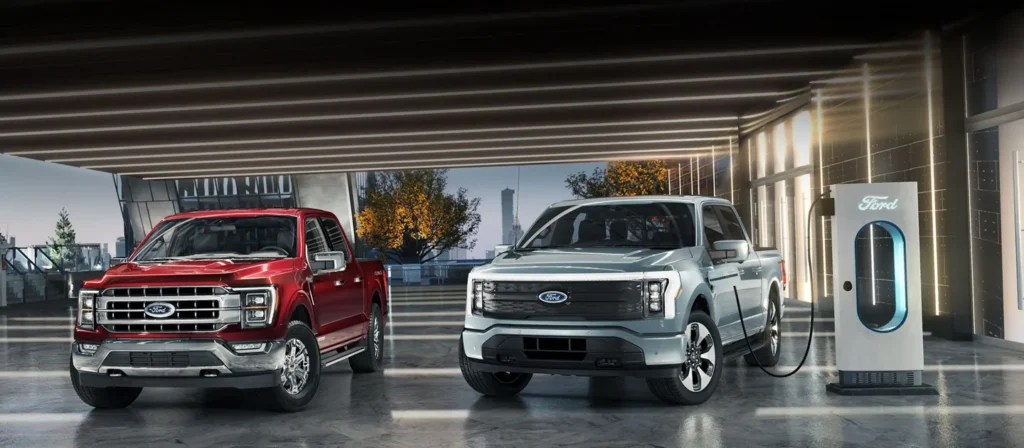As the global push towards sustainability intensifies, battery electric vehicles (BEVs) are increasingly seen not just as alternatives to internal combustion engine (ICE) vehicles, but as the inevitable future of sustainable transportation. This comprehensive guide dives into the various types of EVs, the systems they utilize, and the benefits they offer over traditional ICE vehicles.
What is an EV Vehicle?
Electric vehicles represent a significant advancement in automotive technology and transportation, focusing on reducing society’s dependence on highly polluting fossil fuels and decreasing emissions that not only damage the environment but our health as well.

Understanding the Rise of Electric Mobility
The shift towards electrified mobility is fueled by the need to address environmental concerns, the uncertainty of supply and rising cost of oil, and the desire for energy independence not only economically but as a matter of national security. Governments worldwide are supporting this transition through many creative (and not so creative) incentives and regulations.
Overview of EV Technology and Adoption Trends
Electric vehicle technology has rapidly evolved since it’s inception in the early 1880s, with substantial investments from automakers and tech companies improving battery life, vehicle range, and affordability, making EVs more accessible to the public.
Different types of EVs cater to various needs and preferences:
Types of Electric Vehicles
Battery Electric Vehicles (BEVs): These vehicles are powered entirely by electricity stored in large lithium-ion battery packs and have no gasoline or combustion engine.
Plug-in Hybrid Electric Vehicles (PHEVs): Combine a battery-powered electric motor with a gasoline engine. PHEV batteries can be charged in 2 ways. The first is by simply plugging it into an electrical outlet or charging station. The other option is to use the gasoline engine to charge the battery. This combination allows for both electric propulsion at lower speeds and internal combustion at higher speeds.
Hybrid Electric Vehicles (HEVs): Use a battery and electric motor to assist a conventional engine, improving efficiency without needing to be plugged in. The battery is charged at higher speeds when the ICE engine is engaged.
Fuel Cell Electric Vehicles (FCEVs): Generate electricity through a hydrogen fuel cell instead of storing it in a battery.

Common Electric Vehicle Systems
EVs incorporate several sophisticated and innovative systems that clearly distinguish them from traditional ICE vehicles:
Powertrain Components:
Battery Packs. The primary source of power for BEVs and a supplemental source for PHEVs and HEVs is the on-board battery pack. Which typically take up the entire length of the vehicle and provide additional structural support to the vehicle.
Electric Motors: Convert electrical energy supplied from the grid or other renewable sources to the battery into mechanical (kinetic) energy.
Power Electronics. Control the flow of electrical energy within the vehicle. And also maintain the optimal temperature of the battery in order to deliver the best performance and range.
Charging Infrastructure:
AC Charging. Often referred to as Level 1 and Level 2 (L1 & L2), these are standard charging at home or public stations.
DC Fast Charging: Provides rapid charging at specialized purpose-built destination charging stations.
Wireless Charging: Uses electromagnetic fields to transfer energy between a transmitter and tthe on-board battery on the vehicle.
Additional Systems:
Energy Management Systems: This system is designed to optimize the use, charging, and storage of electrical energy.
Regenerative Braking Systems. This system is designed to recapture kinetic energy typically lost during braking. And then converts it into stored electrical energy in the vehicle’s batteries.
Benefits of Electric Vehicles Over Traditional Fuel Vehicles
Electric vehicles offer numerous advantages over ICE vehicles, that extend beyond their environmental and sustainability benefits:
Environmental Advantages:
Reduced Greenhouse Gas Emissions: EVs significantly lower carbon emissions compared to ICE vehicles.
Mitigation of Air Pollution: EVs contribute to cleaner less polluted air by emitting fewer pollutants.
Economic Benefits:
Lower Fuel Costs: Electricity is cheaper than gasoline on a per-mile basis.
Reduced Maintenance Expenses: EVs have fewer moving parts, leading to lower maintenance costs and longer lifespans.
Energy Efficiency:
Higher Miles Per Gallon Equivalent (MPGe): EVs are generally more efficient in converting energy to propulsion.
Optimization of Energy Resources: Better utilization of renewable energy sources and scheduling charging times during off peak hours.
Technological Innovation:
Advanced Features and Connectivity: Many EVs offer cutting-edge technologies that enhance user experience, drivability, and safety.
Autonomous Driving Integration: EVs like the models provided by Tesla are at the forefront of incorporating autonomous driving technologies.
Environmental Impact and Sustainability:
Life Cycle Analysis of EVs: While EVs have a carbon footprint during their production, their overall life cycle emissions are typically lower than ICE vehicles.
Battery Recycling and Resource Management: Advances in recycling and second-use applications for EV batteries like home energy storage, help mitigate resource scarcity.
Role of Renewable Energy Integration: EVs can be powered entirely by renewable sources like solar or wind, further reducing their environmental footprint and impact.
What is the difference between ICE and EV vehicles?
The primary difference between ICE and EV vehicles lies in their energy source and propulsion methods. ICE vehicles rely on burning fossil fuels to create kinetic energy, while EVs use stored electricity to power their electric motors. This fundamental difference affects everything from emissions to energy efficiency and operational costs.

Are EV Vehicles Reliable?
EVs are generally considered highly reliable due to fewer moving parts and less wear and tear compared to ICE vehicles. However, like any new technology, the reliability can vary based on the manufacturer and model. So far, Tesla has prevent to me the most reliable which is result of their tenure in the EV industry and innovation lead by Elon Musk.
Conclusion
Electric vehicles offer a promising path toward sustainable transportation, blending innovation with environmental stewardship. As technology progresses and adoption increases, EVs are set to play a pivotal role in shaping a green, efficient, and sustainable future. Transitioning to electric mobility not only benefits the planet but also offers economic and social advantages to consumers, making it a wise choice for anyone considering a new vehicle.




